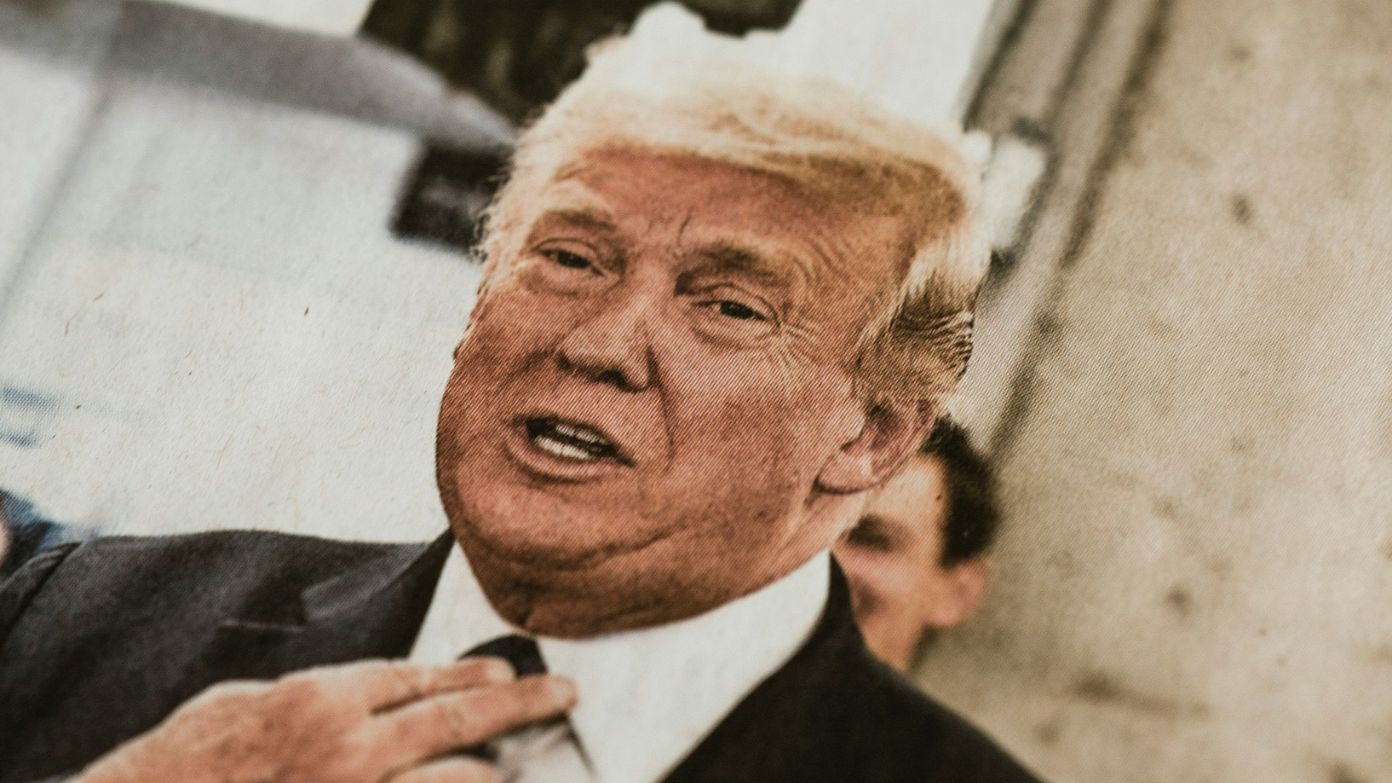Let’s start with the basics. When former President Donald Trump says “reciprocal tariffs,” he is talking about charging other countries the same fees they charge the United States for imported goods. It is like saying, “If you tax our stuff, we will tax yours just as much.”
In his own words during a meeting at the Oval Office, Trump said, “We have been ripped off by every country in the world practically. And friend and foe. We’re not doing that anymore.” That gives you a good idea of his tone. He believes the U.S. has been playing too nice for too long—and he wants that to change fast.
He mentioned that new tariffs could be applied “over the next couple of weeks.” That includes China—and possibly others—if they do not come to the table and strike what he calls “great deals.”
What is the deal with the 145% tariff on China?
Now here is where things get intense. Trump slapped a massive 145% tariff on Chinese goods. That is not a typo—one hundred and forty-five percent. According to Trump, this extreme move came in response to China’s role in the U.S. fentanyl crisis.
“Right now, it’s 145%. That’s very high. It got there because of the fentanyl,” Trump said. “They’re sending, you know, massive amounts of fentanyl into our country and killing a lot of people, probably 200,000 plus a year, wiping them out.”
Whether you agree with him or not, he is clearly tying trade penalties directly to public health issues. That makes this more than just a trade war—it is also about how the U.S. holds countries accountable beyond business.
Is there any trade talk going on between the U.S. and China?
You might be wondering: Is China even talking to the U.S. about this? The short answer is—no, not really.
China’s Ministry of Commerce spokesperson, He Yadong, made it clear: “There are absolutely no negotiations on the economy and trade between China and the U.S.,” according to a CNBC translation. They said the U.S. would need to cancel all its “unilateral measures” before any talks happen.
And it is not just trade officials speaking up. China’s Foreign Ministry also confirmed there are no discussions happening behind the scenes. So, for now, it looks like the two economic giants are stuck in a cold war of tariffs and tough talk.
How could new tariffs affect you?
Here is the part that hits home. If Trump moves forward with these tariffs—on China or any other country—you could feel the impact in your wallet. Higher tariffs usually mean higher prices on imported goods. That means everything from electronics to household items to auto parts could cost more.
Trump argues that this money will go right back to Americans. “We’re going to make a lot of money, and that money’s going to be used to reduce taxes,” he said.
But historically, tariffs have been a double-edged sword. While they might help domestic producers, they also tend to raise costs for consumers like you.
What is China doing in response?
China is not just sitting back. They have already responded by hitting U.S. imports with 125% tariffs and limiting the export of critical minerals that the U.S. needs for manufacturing. That is a big deal because these minerals are used in everything from smartphones to electric vehicles.
On top of that, China has warned other countries that if they side with the U.S., they might face “reciprocal countermeasures” too. So yes, this is not just a U.S.-China issue—it is starting to drag other nations into the mix.
Could this escalate into a full-blown trade war again?
Many experts think we are heading in that direction—especially if neither side is willing to budge. Yue Su, principal economist at The Economist Intelligence Unit, said it best: “This is a ‘whatever it takes’ moment for China in terms of U.S.-China relations.” And with Trump being Trump, do not expect a soft approach any time soon.
China is adjusting its strategy too. Su noted that China is now focusing more on its own needs than reacting to the U.S.’s demands. “I wouldn’t be surprised if China adopts a more hawkish stance if the U.S. continues to escalate tensions,” she said.
Continue reading:
Treasury Secretary Scott Bessent explains latest on U.S. China tariff battle
Boeing shares fall on news that China will halt orders as part of Trump’s trade war

